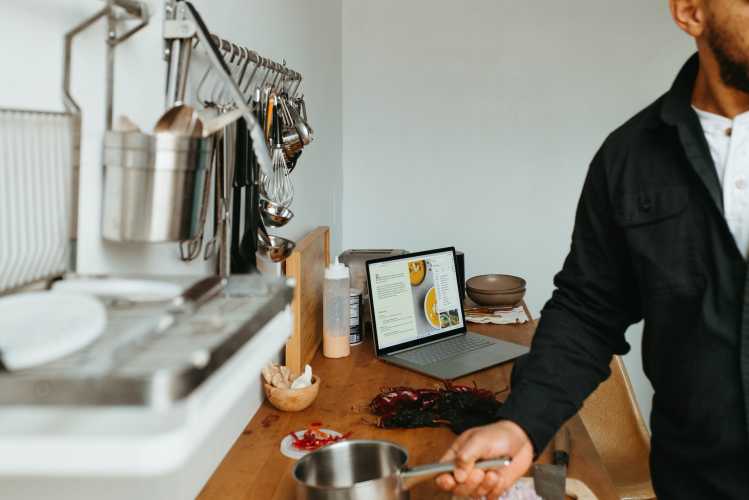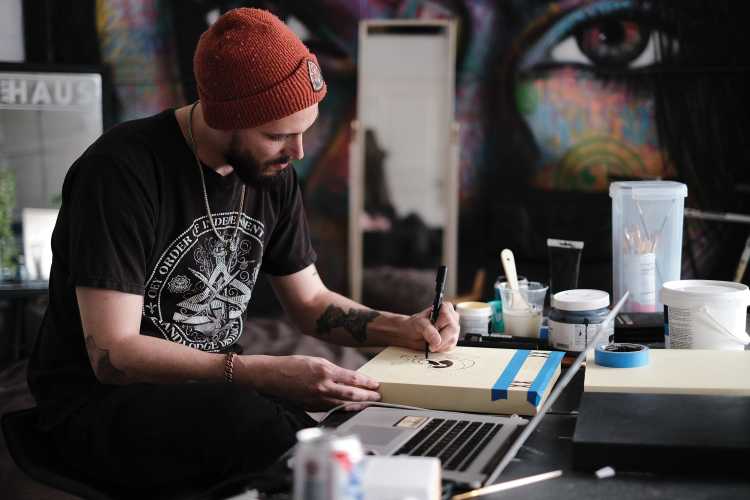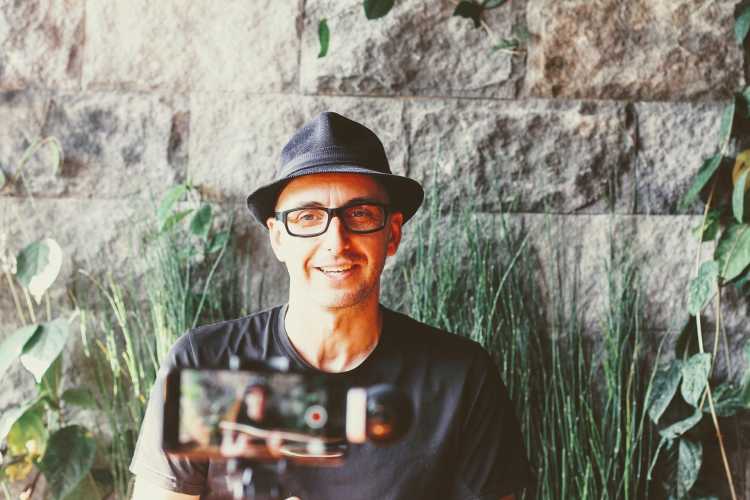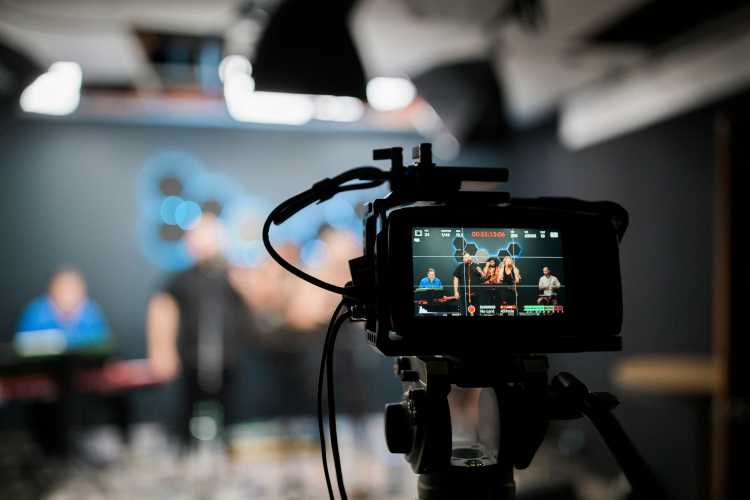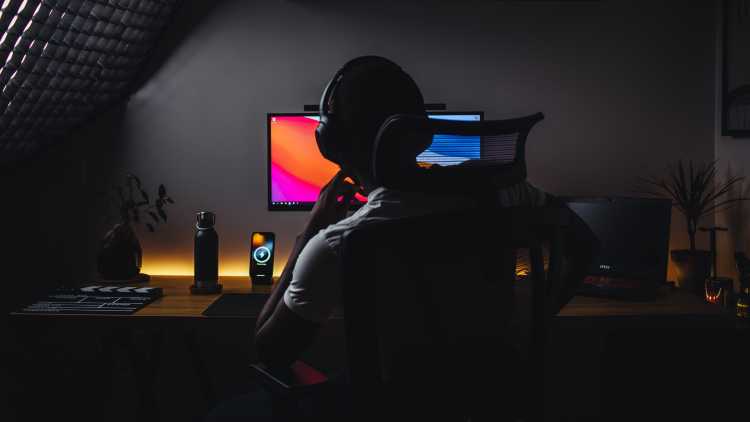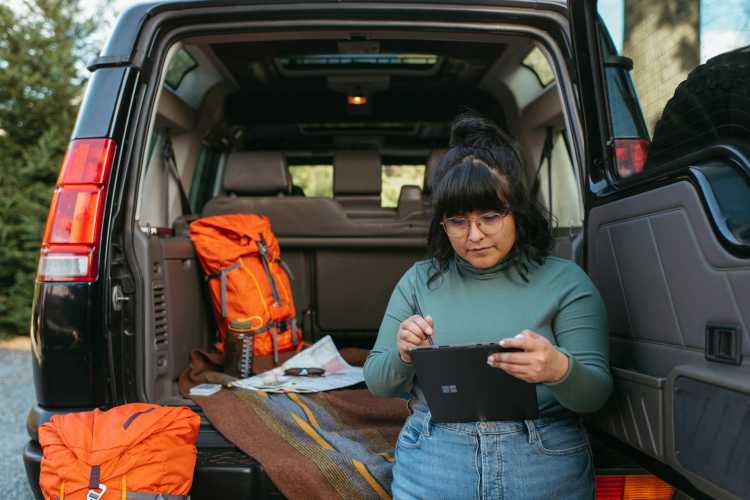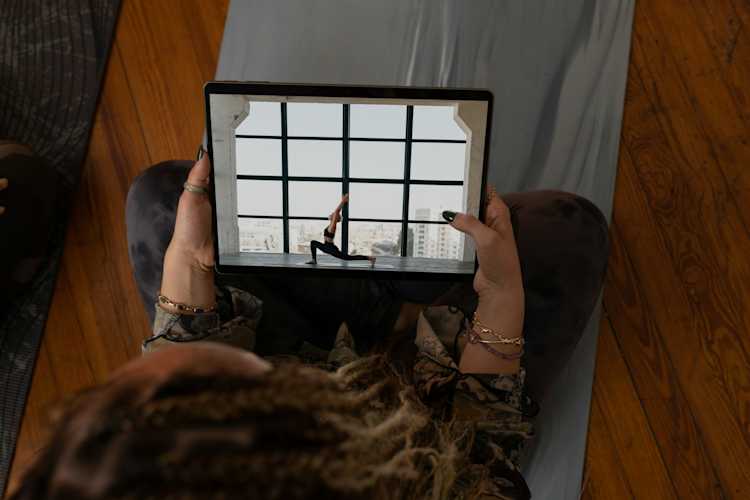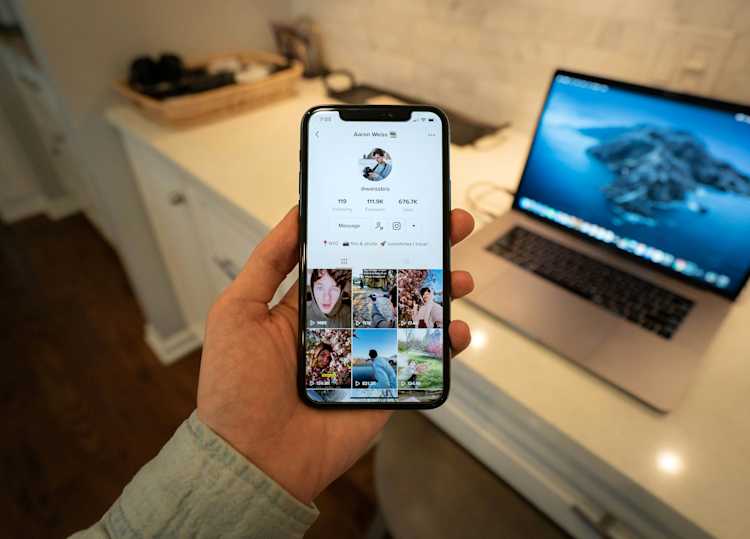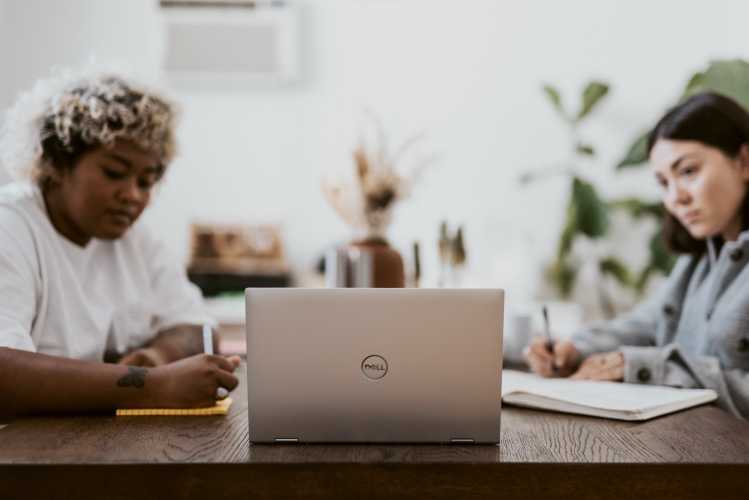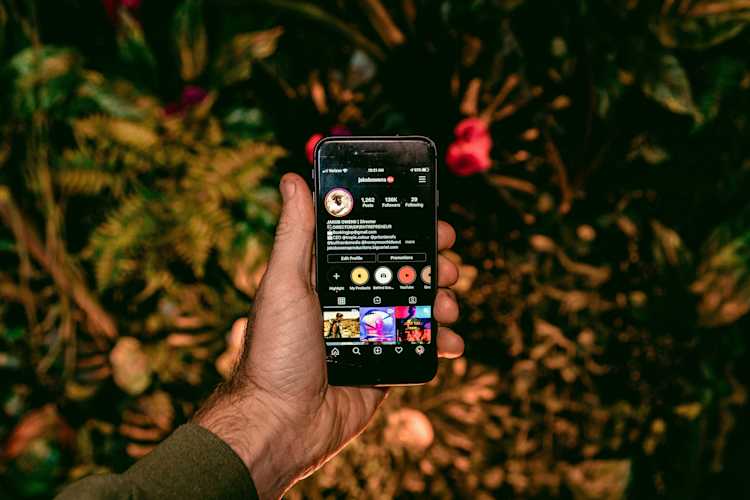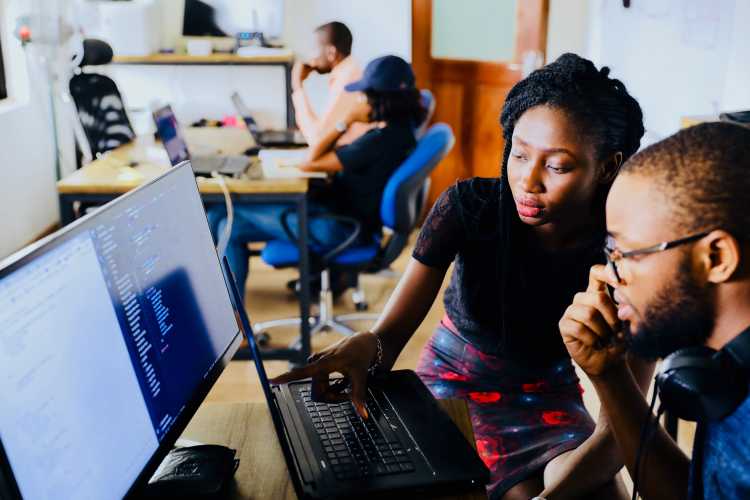Creators & Entrepreneurs
How To Start a Podcast in 2025
Podcasting is an incredible platform for a creator to make your voice heard. Here are 5 steps to get you started.
Author
Last Updated
February 6, 2025

Table of Contents
Whether you're passionate about storytelling, sharing knowledge, or connecting with an audience, podcasting is an incredible platform for a creator to make your voice heard. But getting things up and running can sometimes feel intimidating. Fortunately, it’s much simpler than you might expect.
In this post, we’ll walk you through 5 steps to starting a podcast.
Step 1: Concept & Branding
This is all about the idea. What’s the concept for your show and who is your intended audience? This is often the toughest step to getting started, so it’s a good idea to take some time and brainstorm several ideas, angles, or approaches. From there, see if you can break each potential idea out into episodes.
Find something you can talk about for a while
Did you know that most podcasts stop after 7 episodes? Try to find a concept that lends itself to more than 7 ideas so that you know your show “has legs” and you can keep podcasting as long as you’d like!
This is going to be a mix of finding your Ideal Listener, figuring out the person you want to talk to AND identifying what it is you’ve got to say.
One famous question is: “What could you talk about, without preparation, without notes for 15 minutes?” This can be a good prompt. BUT It isn’t the only way to think about a podcast. If you’ve got something you’re interested in talking about and a vision to take you beyond 7 episodes, it might be the perfect fit.
Choose a title
Once you’ve got a concept you’re happy with, it’s time to think of a title for your show. Great podcast titles are catchy and memorable– imagine someone telling their friend about your show: is your title easy for them to remember and share?
You can try our free Podcast Name Generator for ideas!
Find some cover art
You’ll also need cover art for your show. This helps people choose whether to listen, so it’s important.
Podcast artwork is typically 3000 x 3000 pixels and can be as simple or as complex as you like.
You can use free design tools like Canva, paid options like Adobe Photoshop, or even take it further and hire a professional designer.
You can change your podcast artwork anytime, so don’t feel too much pressure to get it perfect right away.
You can even have separate artwork for each episode if you’d like!
Step 2: Planning
Now that your concept and branding are solid, the next step is to outline your episode ideas. Having a content plan will keep you organized and make recording sessions smoother. Decide on the format for your episodes – solo discussions, interviews, storytelling, or a mix of them all.
You can choose your presentation style too. Some podcasters use scripts that are read word-for-word, while others stick to a bullet-point style outline. There’s no right or wrong, so just go with what works best for you and your show.
There’s a ton of software and apps to help you keep things organized, but a cloud-based app like Google Docs or Apple Notes that syncs between devices is best because you can access your show ideas from anywhere and add to or edit them from multiple devices. Google Docs is great for collaboration if you’re working with a team or cohost.
Don’t stress about proper formatting too much at this point– just make sure everything makes sense to you and anyone else working on the show. If possible, outline more than one episode to get things off to a strong start. Again, the more time you spend on the planning phase, the easier everything else will be.
Step 3: Production
Now is the time to dive in and record your show!
This is where you might find yourself feeling a bit overwhelmed by all of the options when it comes to equipment and software. Just remember: keep things simple!
If you prefer, you can watch this video on how to set up your audio for podcasting.
If all you’ve got is your phone, you can use a Voice Memo or recording app and essentially create a podcast studio in the palm of your hand.
But if you want to take things further, there are a few important things to consider when it comes to equipment.
You don't need a fancy studio, but investing in a good-quality microphone, headphones, and recording software can significantly improve your podcast's sound quality. Make sure to find a quiet space for recording to minimize background noise.
Here are some of the microphone options:
USB Mics
USB microphones are the simplest way to upgrade your sound quality. They connect to your computer (or even a tablet/phone) and let you record into audio the software of your choice.
There are a lot of great USB mic options out there, but one great option is the Sennheiser Profile. It’s affordable, sounds incredible, and has all the physical controls you need to adjust your sound without needing to dive into computer menus and settings. It’s a great option for a solo podcast. There’s a 3.5mm headphone output on the back for monitoring.
Any headphones will work, but one good set is the RØDE NTH-100’s because they’re super comfortable and give a very accurate sound that helps me dial in audio that will sound good on a variety of different speakers and devices.
XLR Mics
If you’re working with a cohost or guests, or you just want to take your audio production a bit further, that’s where XLR mics come into play. These are professional-style microphones that require a mixer or interface to work. The Shure SM7B is a legendary broadcast and podcast microphone, but other options like the Lewitt LCT240 or Rode Procaster also sound incredible and are a bit more affordable.
A simple interface like the Focusrite Vocaster Two will let you connect one or two XLR microphones to your computer, while more advanced mixers like the Rodecaster Pro will let you connect more microphones, add effects, and even record internally without the need for a computer.
Recording apps
There are quite a few free recording apps available like GarageBand and Audacity, that are more than capable of producing excellent podcasts. Paid software like Logic Pro or Adobe Audition can allow you to take things further if you’d like, but aren’t required.
While recording, try your best to speak clearly and confidently, and don't be afraid to show your personality. Take breaks if you need to! After recording, you’ll use editing software to trim any mistakes or pauses, so don’t be too hard on yourself if you make mistakes. But remember, a few natural hiccups can make your podcast feel more genuine.
Step 4: Editing
Now that you’ve recorded your show, it’s time to edit!
Editing is a skill that you’ll develop over time, but the basics are pretty simple: You’re essentially just cutting out any egregious mistakes, adding in interesting elements like music or sound clips, and maybe making a few adjustments to the audio itself to help things sound their best.
How heavily you edit your show is entirely up to you. Some people do little to no editing, while others create layers upon layers of highly edited audio. There’s no right or wrong, but if you’re just starting out it’s usually a good idea to keep things simple.
If you’re adding music, be sure that you’re legally able to use it. A subscription to a royalty-free music service might be a worthwhile investment. Artlist and Epidemic Sound are two options, but there are many options out there.
Once you’re finished editing, export your show as a .wav or .mp3 file. Either one will work, but .wav files are usually a little higher quality, while .mp3s take up less space. Now that you’ve got your show recorded and edited, it’s time to share it with the world!
Step 5: Hosting & Distribution
Sharing your podcast requires a podcast hosting service. Once again, there are a ton of options out there, some free and some paid.
A podcast host allows you to upload the file of your episode and then have it sent to all of the many different podcast directories like Apple Podcasts, Spotify, Google Play, and more.
Every podcast host will help you submit your show to different directories. The process is very simple, but it does vary a tiny bit from host to host.
Free hosting platforms like Spotify for Podcasters allow you to share your show, view analytics, and even monetize with ads all for free!
Paid hosting platforms offer all that along with a bit more premium customer service and analytic options.
It’s definitely a good idea to browse different hosts to see which one offers the best features for your needs. I’ve used Buzzsprout for many years and can’t recommend them enough, but Spotify for Podcasters is also a great option for anyone looking for a free host.
You can change podcast hosts at any time, so just pick whatever seems best for now.
Once you’ve selected your podcast host, it’s time to upload your episode(s), add descriptions and artwork, and publish your show! You can publish episodes immediately or schedule them in advance. Some people record and schedule entire batches of episodes all at once.
Wrap Up
And that’s it! You’re now officially a podcaster! Share your show with the world and connect with your listener audience– and as you grow, think about monetizing your podcast too.
Remember, the key ingredients of a great podcast are passion, dedication, and a willingness to learn and improve along the way. So, go ahead and share your unique voice with the world.
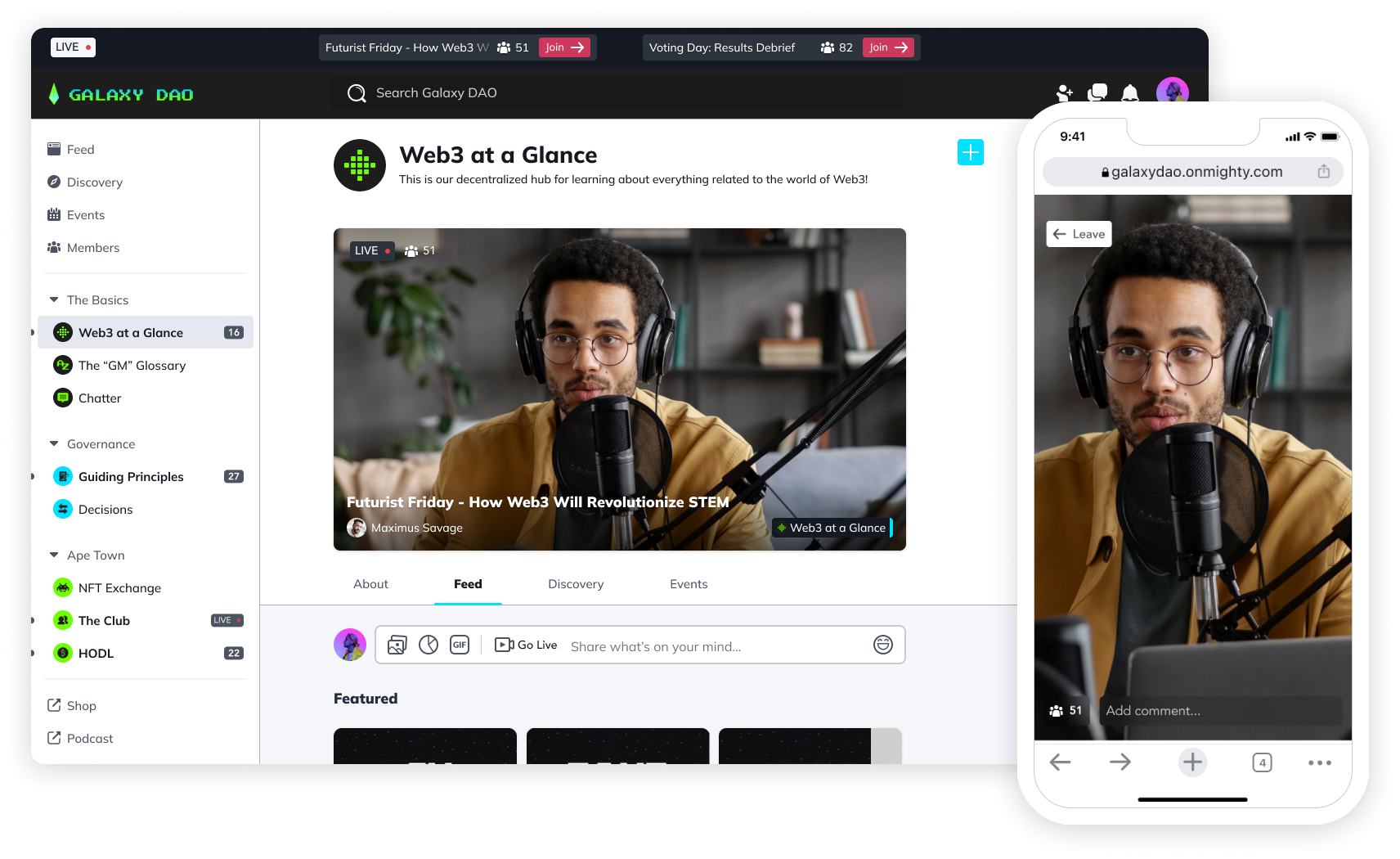
And if you want to spin your podcast into an online community, come give Mighty a try. You can mix content and community with courses, live events, and commerce– it’s the perfect place to bring podcast listeners together.
Try it free for 14 days!
Ready to start building your community?
Start a free 14-day trial to explore Mighty—no credit card required.
More like this
Join Mighty Community
Learn the principles of Community Design™ (and see them in action) alongside thousands of creators and entrepreneurs. It's free to join!

Online Courses
Creating a Course
Teaching a Course
Course Platforms
Selling a Course
Communities & Memberships
Community Platforms
Managing a Community
Building a Community
Growing a Community
Monetizing a Community
Content Creation
Creators & Entrepreneurs
Monetization
Content Creation
Starting a Business
Website Builders
Creating & Managing a Website
Events
Event Platforms
Hosting & Marketing Events
Branded Apps
Creating a Mobile App
Coaching Apps
Community Apps
Coaching
Mastermind Groups
Starting a Coaching Business
Coaching Platforms
Filter by Category
Online Courses
Communities & Memberships
Creators & Entrepreneurs
Events
Branded Apps
Coaching
Build a $1 Million Community
This free masterclass went viral—sign up to learn why.






